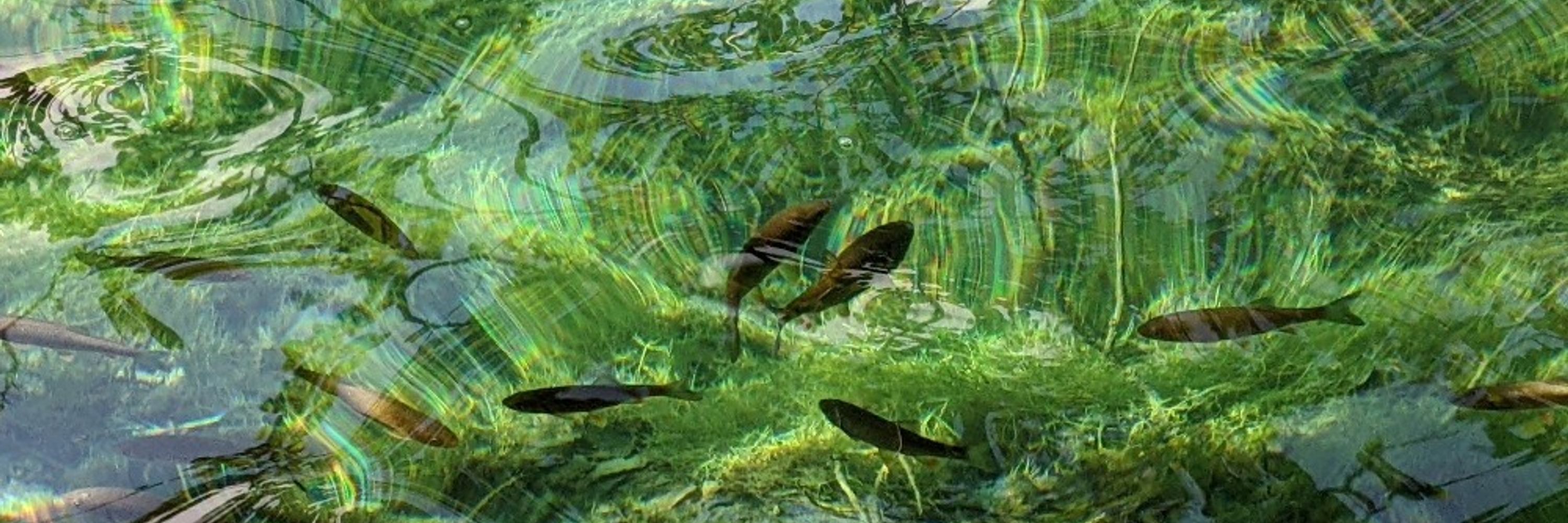
Neuroscientist at the Paris Brain Institute
Chargé de Recherche Inserm
Adjunct Senior Research Fellow at Monash University
Co-Editor-in-Chief of Neuroscience of Consciousness (OUP)
'Vicarious body maps bridge vision and touch in the human brain'
www.nature.com/articles/s41...

'Vicarious body maps bridge vision and touch in the human brain'
www.nature.com/articles/s41...

We aimed to cover all the foundations of the topic in an accessible manner for a large audience.
It could help set up a bachelor-level curriculum on the topic.
Pre-orders are very key for the fate of books: shorturl.at/Dxbif


We aimed to cover all the foundations of the topic in an accessible manner for a large audience.
It could help set up a bachelor-level curriculum on the topic.
Pre-orders are very key for the fate of books: shorturl.at/Dxbif
We studied brain-heart interactions during mind wandering and mind blanking.
Mind blanking is associated with a greater heart/brain decoupling, complicating the idea of an attentional switch between external & internal environments!
🧠🔄🫀🧪
www.nature.com/articles/s42...

We studied brain-heart interactions during mind wandering and mind blanking.
Mind blanking is associated with a greater heart/brain decoupling, complicating the idea of an attentional switch between external & internal environments!
🧠🔄🫀🧪
www.nature.com/articles/s42...

www.nature.com/articles/s42...
🥸 This is the title of our last preprint @biorxiv-neursci.bsky.social giving some insights on how ketamine at subanesthetic doses mimicks psychosis symptoms!
www.biorxiv.org/content/10.1...

🥸 This is the title of our last preprint @biorxiv-neursci.bsky.social giving some insights on how ketamine at subanesthetic doses mimicks psychosis symptoms!
www.biorxiv.org/content/10.1...
W/ @lucieberko.bsky.social, @standehaene.bsky.social, R Gaillard, and A Salvador, we investigated the impact of ketamine on conscious processing and attention in healthy subjects.
Check the preprint!
www.biorxiv.org/content/10.1...
🧠🧪

W/ @lucieberko.bsky.social, @standehaene.bsky.social, R Gaillard, and A Salvador, we investigated the impact of ketamine on conscious processing and attention in healthy subjects.
Check the preprint!
www.biorxiv.org/content/10.1...
🧠🧪

W/ @lucieberko.bsky.social, @standehaene.bsky.social, R Gaillard, and A Salvador, we investigated the impact of ketamine on conscious processing and attention in healthy subjects.
Check the preprint!
www.biorxiv.org/content/10.1...
🧠🧪

@lauradata.bsky.social @ziy027.bsky.social
www.nature.com/articles/s41...

@lauradata.bsky.social @ziy027.bsky.social
www.nature.com/articles/s41...
It seems to be an LLM that analyzed a review I co-authored (on spontaneous thoughts in disorders of consciousness) and contacted the corresponding author to propose a pipeline addressing our open questions.
This is so spooky!

It seems to be an LLM that analyzed a review I co-authored (on spontaneous thoughts in disorders of consciousness) and contacted the corresponding author to propose a pipeline addressing our open questions.
This is so spooky!
Case: doi.org/10.1016/j.br...
Letters: www.elsa-fouragnan.com/blog | web.stanford.edu/~kimbutts/Le...

Case: doi.org/10.1016/j.br...
Letters: www.elsa-fouragnan.com/blog | web.stanford.edu/~kimbutts/Le...
www.college-de-france.fr/fr/agenda/co...
With talks by Edvard Moser, Nancy Kanwisher, Liz Spelke, Manuela Piazza, Luca Bonatti and more!
www.college-de-france.fr/fr/agenda/co...
With talks by Edvard Moser, Nancy Kanwisher, Liz Spelke, Manuela Piazza, Luca Bonatti and more!
One of the many fascinating oddities of sleep, when people look like they slept, but do not feel like they slept.
#sleep #insomnia
🧠🧪💤
www.theguardian.com/wellness/202...

One of the many fascinating oddities of sleep, when people look like they slept, but do not feel like they slept.
#sleep #insomnia
🧠🧪💤
www.theguardian.com/wellness/202...

One of the many fascinating oddities of sleep, when people look like they slept, but do not feel like they slept.
#sleep #insomnia
🧠🧪💤
www.theguardian.com/wellness/202...

1/3 How do you correct for multiple comparisons? Do you take into account *all* comparisons that can render the paper publishable? Most of us don’t. In this NHB piece, Yoav Benjamini, Yoav Zeevi and I argue that it’s time to change our practices >>
www.nature.com/articles/s41...

1/3 How do you correct for multiple comparisons? Do you take into account *all* comparisons that can render the paper publishable? Most of us don’t. In this NHB piece, Yoav Benjamini, Yoav Zeevi and I argue that it’s time to change our practices >>
www.nature.com/articles/s41...

www.biorxiv.org/content/10.1...
And Paris' thread (@parboulakis.bsky.social):
bsky.app/profile/parb...
Where we explore the neural signature of mind blanking using EEG and fMRI combined!
www.biorxiv.org/content/10.1...
And Paris' thread (@parboulakis.bsky.social):
bsky.app/profile/parb...
Where we explore the neural signature of mind blanking using EEG and fMRI combined!


It was sound advice... but we did it anyway!
Thrilled to share our first preprint, where we explore the neural signatures of mind blanking, linking the sleep-like slow waves seen in #EEG to patterns of hyperconnectivity in #fMRI.
🧠🧪💤

"Furthermore, when generating and evaluating resumes, ChatGPT assumes that women are younger and less experienced, rating older male applicants as of higher quality."
No surprise, but now documented:
www.nature.com/articles/s41...

"Furthermore, when generating and evaluating resumes, ChatGPT assumes that women are younger and less experienced, rating older male applicants as of higher quality."
No surprise, but now documented:
www.nature.com/articles/s41...

